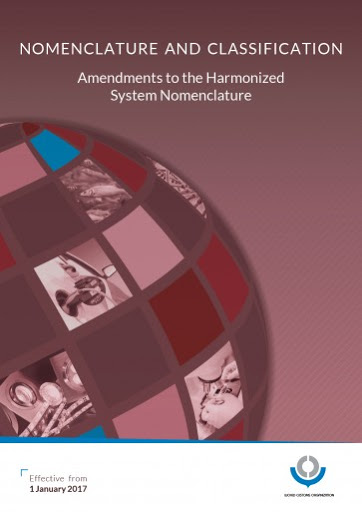The Harmonized System or HS, is the common name for an international goods classification system called the Harmonized Commodity Description and Coding System.
This system entered into force on 1 January 1988, under the auspices of the Customs Cooperation Council, which is an international customs body located in Brussels.
The Harmonized System is a structural nomenclature comprising descriptions of goods that are set out under 4-digit classification numbers called headings. Most of these headings are further subdivided into 5- and 6-digit classification numbers called subheadings.
The headings are so structured to accommodate particular groupings of related goods. The subheadings provide separate treatment and/or identification for the more commonly traded goods that are included within the scope of the headings.
The Harmonized System is designed to provide a method for classifying all goods in international trade. The harmonized System is largely derived from its predecessor, the Customs Co-operation Nomenclature.
Introduction
HS 2022 (Customs Tariff)
HS 2022 Consultation Materials
HS 2017 (Customs Tariff)
- TABLE CORRELATING HS 2017 - HS 2022
- TABLE CORRELATING HS 2022 - HS 2017
- HS 2017 FINAL VERSION
- HS 2017 FRENCH VERSION
- TABLE CORRELATING HS 2012 - HS 2017
- CORRELATING TABLES
- Amendments effective from 1 January 2017
- Changes from HS 2012 to HS 2017 –International Level (6 Digit Level)
- 2012 HARMONIZED CODING SYSTEM
- SOP - Duty Concessions/Exemptions
- TABLE I – CORRELATING THE 2017 VERSION TO THE 2012 VERSION OF THE HARMONIZED SYSTEM
- TABLE I – ANNEX CORRELATING THE 2017 VERSION TO THE 2012 VERSION OF CHAPTER 44 OF THE HARMONIZED SYSTEM
- TABLE II – ANNEX CORRELATING THE 2012 VERSION TO THE 2017 VERSION OF CHAPTER 44 OF THE HARMONIZED SYSTEM
- TABLE II – CORRELATING THE 2012 VERSION TO THE 2017 VERSION OF THE HARMONIZED SYSTEM
- WCO Council Recommendation of 11 June 2015
- WCO Council Recommendation of 27 June 2014
- The Purpose of a local split on National Harmonize System Tariff Book
